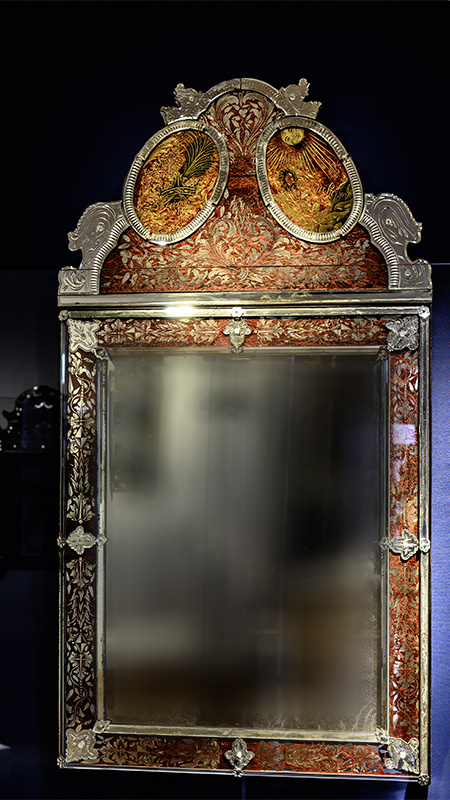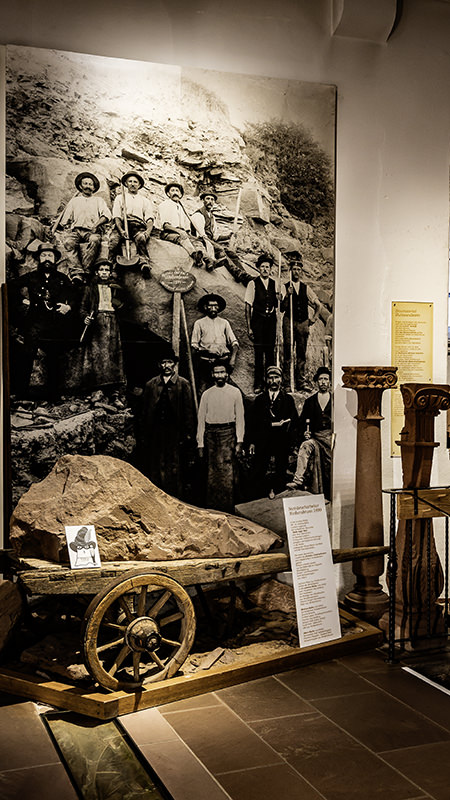
The Spessart-Museum
SPESSART Highlight
Produced by :  © 2025
© 2025
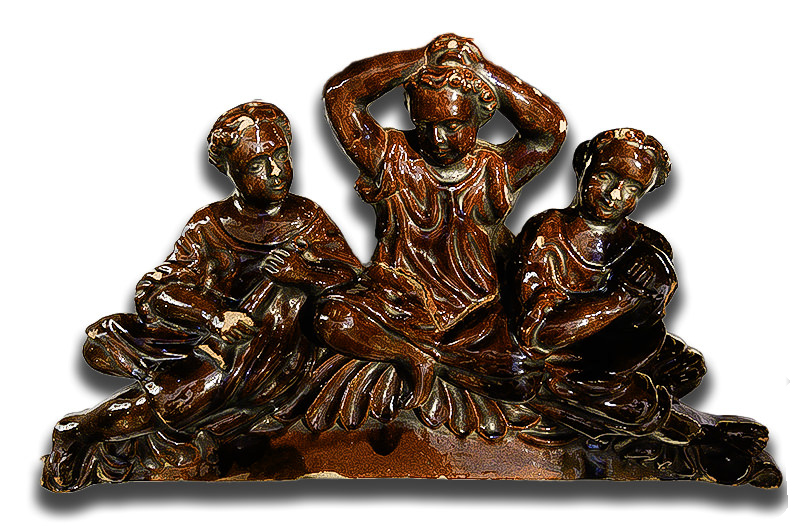
The Spessart Museum inside the Lohr am Main Castle is home to a treasure full of history and interesting stories about the Spessart region.
The former castle of the Counts of Rieneck and the Electors of Mainz is now the Spessart Museum, where the cultural history of one of Germany's largest contiguous forest areas is presented under the motto “Man and Forest” in an area of more than 2,000 square meters.
All walks of life live together here in a relatively small area, many of them more poorly than well. Electors, foresters, factory owners, craftsmen, forestry workers and robbers live in and from the Spessart. The harsh everyday life does the rest to bring forth innovations in new technology and products. There are products from the Lohr mirror factory, including the so-called “Snow White mirror” or, further west, water-powered forging hammers. Both still exist today as a glass factory at the entrance to the town and part of a large glass company, or the barely recognizable former iron foundry, whose current name still includes that of the founder, Rexroth.
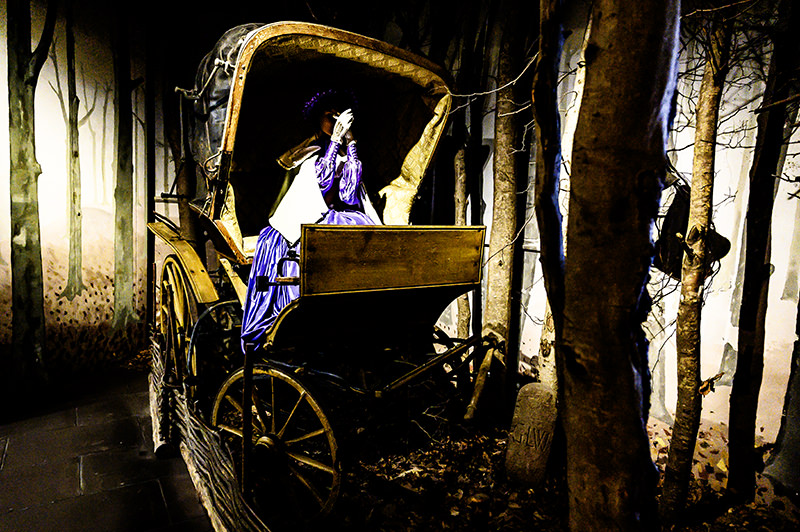
The Spessart Museum takes you beyond the romantic clichés of the Spessart region to discover the history of the region and its people.
The first part of the story is the castle's architectural history. It goes back to around 1330. The oaks for the floor joists on the ground floor were felled at this time. Count Gerhard V of Rieneck (~ 1310 - 1381) presumably had a new stately home built in the north-west of the town.
Until 1559, the castle served as the residential and administrative seat of the Counts of Rieneck. After the Rienecks died out, the Electors of Mainz became the new lords of the manor, took over the building and gradually converted it into its present form. Since 1936, the Spessart Museum has been accommodated in the castle.
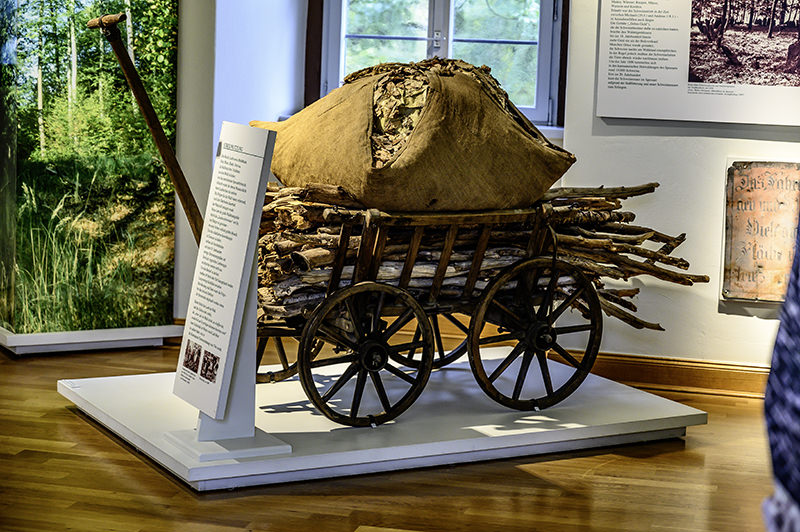
The museum presents two exhibitions: the permanent exhibition covers the topics of energy, need in the Spessart, robbers, raw materials, hunting and forestry, as well as jewels. Special exhibitions show further topics for a limited time.
Unfortunately, only a few testimonies of the everyday life of ordinary people in the Spessart region can still be found. And since the end of the past is not even 100 years ago, it is good to keep your eyes open if you are interested in the topic.
Last but not least: I find the old shop through which I have to go to get to the museum particularly interesting. Here I take the first step into a past that leads even further back in the museum.
